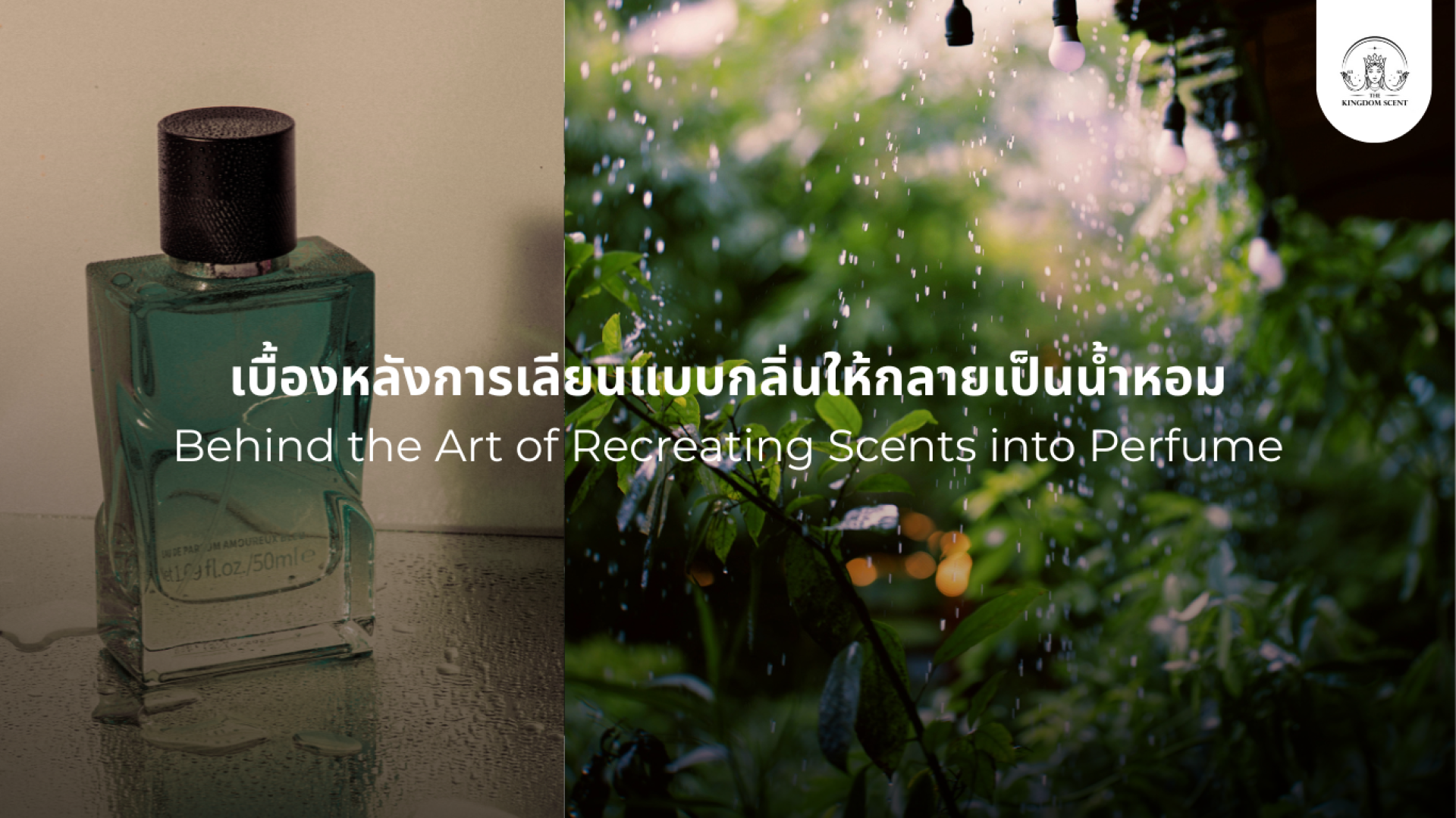Behind the Art of Recreating Scents into Perfume

In the world of perfumery, floral, fruity, and herbal scents are familiar to most of us they can be extracted directly from nature. But have you ever wondered how perfumes are created with names like First Love, Old Library, Winter Sea, or even Dream Scent, when none of these smells actually exist as raw materials?
The answer is: These fragrances arent copied from nature, but rather designed through a sophisticated blend of chemistry, sensory psychology, and olfactory art, making the intangible become something you can truly smell.
This article explores the behind-the-scenes world of abstract scents: how perfumers craft fragrance from imagination, and how emotions, atmospheres, or even memories are transformed into olfactory experiences.
What Is an Imaginary Scent?
An imaginary or conceptual scent is a fragrance that doesnt exist in nature and cannot be derived from a single natural source. Instead, its the result of blending multiple ingredients to represent an emotion, atmosphere, or story.
These fragrances arent meant to mimic a flower or a fruit theyre designed to evoke a feeling, trigger a memory, or express an abstract idea.
How Are These Scents Created?
1. Scent Reconstruction
Perfumers deconstruct real-world smells and reassemble them using unrelated materials.
For example, the scent of an old book might be recreated using:
dry wood notes
musty paper accords
hints of dust or ink
The key is not replicating the object, but blending notes that trick the brain into thinking, Yes that smells like it!
2. Aroma Molecules & Synthetic Notes
Some scents like metal, burnt rubber, or cold air dont have natural aromatic sources. Thats where synthetic molecules come in, such as:
Aldehydes (bright, airy)
Ambroxan (ambergris-like warmth)
Ozone notes (fresh, cold, airy)
Iso E Super (soft woody skin scent)
These molecules allow perfumers to create a new olfactory vocabulary, beyond the limits of nature.
3. Scent Association & Memory
Olfactory psychology shows a deep link between scent, memory, and emotion.
Perfumers often build fragrances not from what something smells like, but from how it feels, for example:
- Warmth = vanilla + wood + spice
- Freedom = ozone + citrus + sea salt
- Nostalgia = talcum + leather + candle wax
This approach makes the scent more emotionally resonant than literally accurate.
4. Synesthetic Design
Some perfumers translate colors, sounds, or temperatures into scent similar to how artists use synesthesia.
Examples
Blue = ozonic, aquatic, cool mint
Orange = citrus zest, neroli, mandarin
Silence = soft musk, sheer woods
Winter light = aldehydes + incense + fresh air
Its a form of sensory storytelling not just perfumery.
5. Layering Notes for Realism
To create convincing abstract scents, perfumers build multi-layered structures using the classic perfume pyramid
Top notes first impression (e.g., citrus, herbs)
Heart notes core emotion (e.g., florals, spices)
Base notes long-lasting character (e.g., woods, musk, resins)
*A well-balanced layering brings realism to even the most imaginary themes.
Examples of Imaginary Fragrance Concepts
Childhood Happiness vanilla + milk cream + candy floss
Silent Forest After Rain moss + vetiver + petrichor accord
Futuristic Technology metal accord + ozone + Iso E Super
Lost Love powdery rose + skin musk + ink notes
These arent literal smells they are emotions in scent form.
Who Creates These Fragrances?
These abstract olfactory experiences are crafted by perfumers artists and chemists who combine scientific precision with emotional insight.
They may be given briefs like:
We want a fragrance that captures the first sunlight of winter.
The perfumer must then translate that vision into scent, using both technical skill and poetic interpretation.
Turning Fantasy Into Fragrance A Craft of Science and Soul
Creating imaginary scents isnt just blending pleasing smells. Its an art form one that decodes dreams, memories, and emotions into molecules.
Its how we can smell longing, freedom, or a place that only exists in memory.
The result? A scent that doesnt just smell good, but feels meaningful deeply personal, yet universally evocative.
The Kingdom Scent Where Your Memories Become Fragrance
If you have a memory, mood, or idea you wish had a scent
The Kingdom Scent can make it real.
Our perfumers specialize in custom fragrance design crafting scents that are unique, expressive, and skin-safe. Whether it's your love story, a favorite place, or the scent of your imagination, we turn your vision into fragrance.
Your imagination is our inspiration.
Explore more at www.thekingdomscents.com


